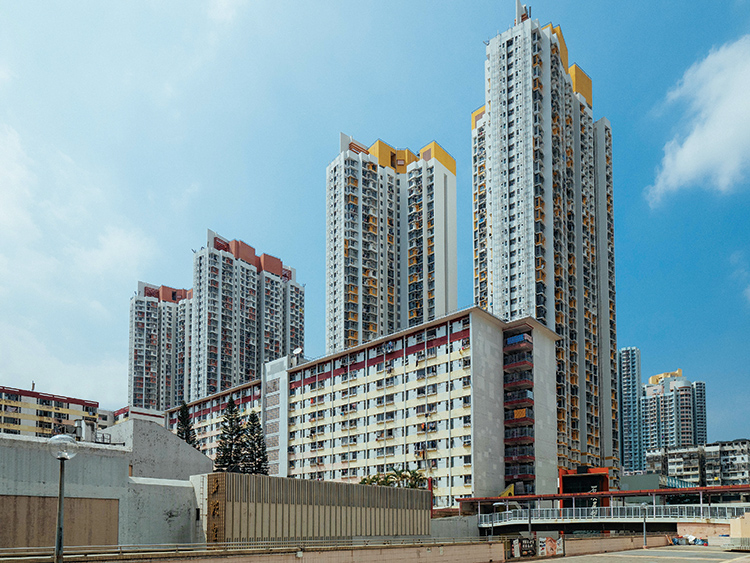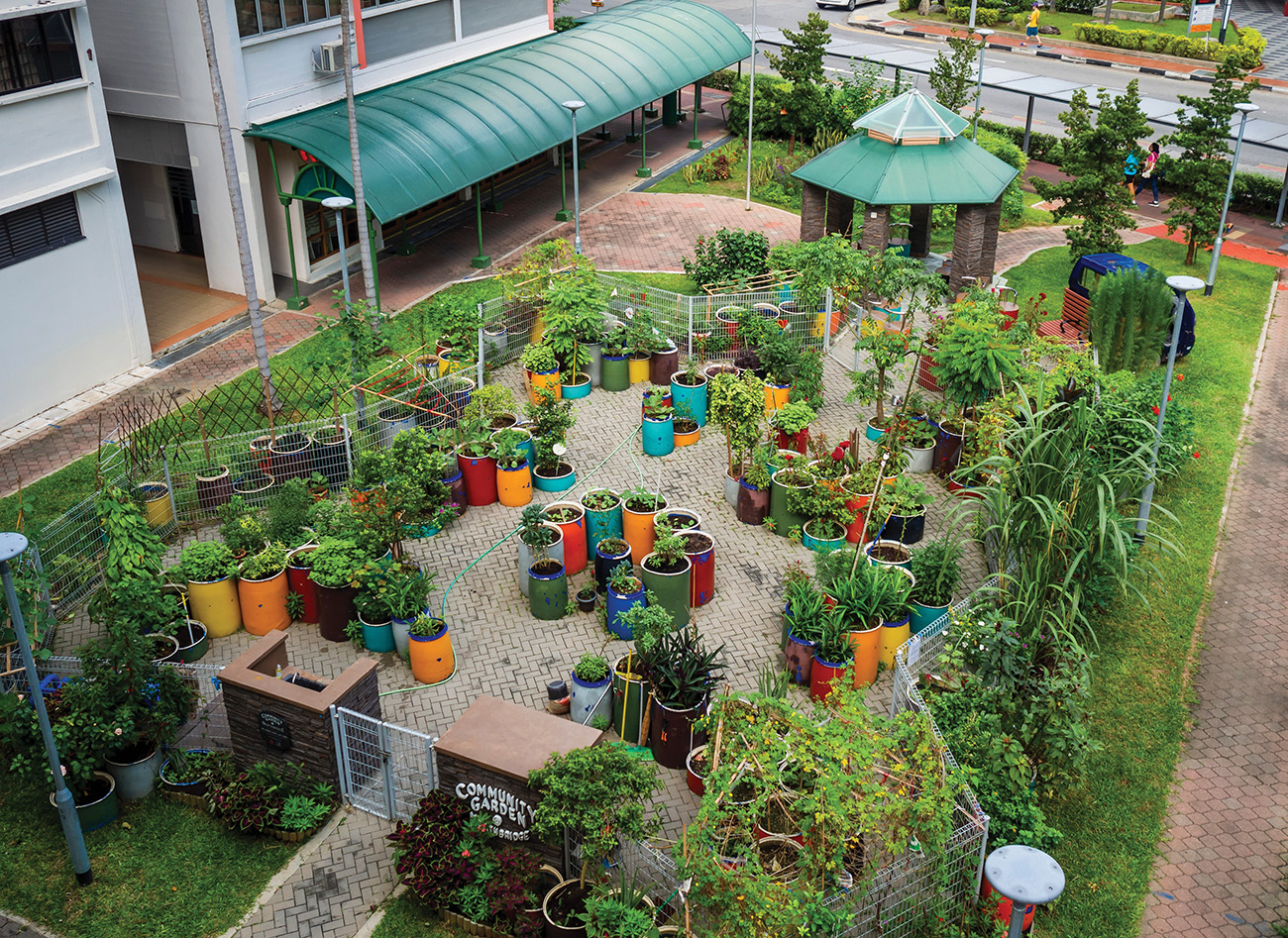Functionality, quality, quantity: an overview of public housing in Hong Kong
September 28, 2018
As home prices continue to escalate in the world’s most expensive property market, fear of the ability to provide a basic shelter over one’s head continues to grow, and the provision of sufficient affordable housing has been one of the major challenges faced by the government of Hong Kong today.
While the soaring demand for affordable public housing continues to outstrip supply, almost 50
Nonetheless, the sheer number of residents accommodated within Hong Kong’s public housing (around 3.3 million according to the Hong Kong 2016 Population By-census) remains to be noteworthy, and the significance of this public good for the lives of many in the city should be highlighted.
Over the years, the provision and design of public housing have responded to the circumstances faced by the city: addressing the needs within the built environment, reflecting the ever-changing social dynamics, and serving as a means to the economic conditions and reality that burden a large part of the population. In fact, public housing must be included in the dialogue when
FABRICATING FOR THE MASSES
Since the transformation from a fishing village into a trading port in the early days of the city, Hong Kong had faced a continuous influx of immigrants. Between 1945 and 1948, the population had grown from 600,000 to 1.8 million. This had led to a major uptick in the demand for housing, and households were crammed into tenement buildings. As more and more people sought refuge in the city from the Japanese invasion of China and the Chinese Civil War, the major housing demand was exacerbated.
By 1953, the population had ballooned to 2.3 million. Residents of the crowded tenement buildings faced high rents, while those who could not afford to rent had to find shelter in unhygienic makeshift squatter huts constructed on rooftops or hillsides. There were over 300,000 squatter huts by 1953, and they were major fire hazards. They were constructed from wood and thin metal sheets, typically located in close proximity to one another, while residents used primitive stoves and fuel for cooking and lighting.
FOSTERING SOCIAL COHESION
While focus has been placed on the design and utilitarian value of the blocks and flats of public housing, the importance of communal spaces in public housing estates deserves a mention as well. With the city’s scarce land resources, and as demands for housing continue to rise, achieving a higher development density comes at the expense of public space.
The needs of the larger society are often pitted against the quality of the living environment of existing communities. At the same time, with the majority of current public housing units ranging in size from 30 to 39 square metres (according to the 2017 figures released by the Transport and Housing Bureau), adequate private space is a rare commodity, particularly those with larger households.
ENCOURAGING A SENSE OF BELONGING
Where providing emergency housing and a basic living environment provision through PRH was the focus of the 1950s to 1960s, the 1970s to 1980s saw the emergence of permanent housing, and the promotion of quality housing and home ownership.
The Ten-year Housing Programme introduced during the period spurred New Town developments in the New Territories that accommodated hundreds of thousands of residents. The programme also helped many residents achieve their dreams of buying a flat through the Home Ownership Scheme (HOS) and Private Sector Participation Scheme (PSPS). The Housing Authority developed HOS flats while PSPS flats were tendered to and developed by private developers. Years later, the Tenants Purchase Scheme (TPS) was also introduced at specific PRH estates for families to buy the flats that they have been renting at affordable prices.
TOWARDS A GREATER MASS
Efforts in fabricating public housing for the masses have grown from basic resettlement works to an emphasis on helping people achieve a higher standard of living and providing flexibility to the design of public housing to cater for all walks of life. All things considered, the vision of providing low-cost housing to better the living environment has come into fruition, and public housing has been a key part of the urban fabric that shapes the image and identity of Hong Kong.
To read the complete article, get your hardcopy at our online shop/newsstands/major bookstores; subscribe to FuturArc or download the FuturArc App to read the issues.
Previously Published Commentary
Contact us at https://www.futurarc.com/contact-us for older commentaries.



